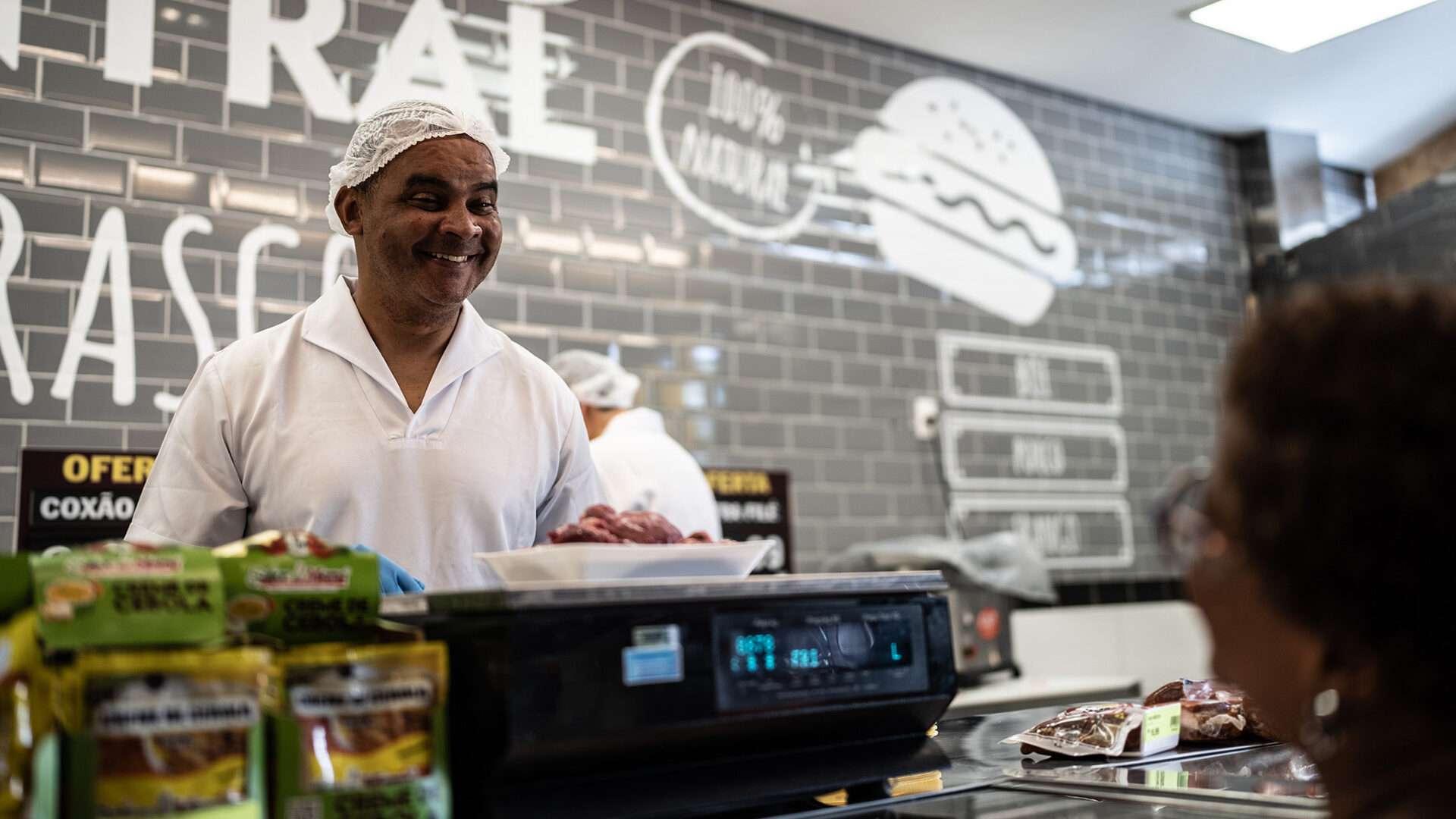5 minute read
Corner Convenience: Managing C-Store Fresh Food Production to Meet Demand While Minimizing Shrink

Driven by consumer demand for high-quality fresh-cooked food offerings, many convenience stores (c-stores) are differentiating their brands from competitors by offering higher quality, affordable take-away food. Today, many customers choose store destinations based on the availability of their favorite food offerings. Limited-time food products and special offers help bring more customers into the store.
Expanded food-service operations create new revenue opportunities but also several important challenges. Fresh food production requires extra employees and more manager experience, as well as cold storage and cooking equipment. If too little food is produced, stores miss out on potential revenue and fail to fulfill customer expectations, imperiling customer loyalty and satisfaction. But when too much is produced, items will age and must be discarded.
To manage what to produce, in what quantity, and at what time, successful c-store operators are turning to purpose-built software for fresh food production. Robust solutions include highly accurate, AI-driven demand forecasting (see Part 1), a real-time, searchable food item database, perpetual inventory management for ingredients and finished foods, production planning, cookbook and recipe management.
C-stores enjoy a bigger bite of profit with growth in food service
By every account, efforts to develop more fresh food options are paying off for c-stores. In fact, prepared food was the top contributor to both sales and gross profit across all in-store categories on a per month, per store basis, according to the NACS global trade association. NACS went on to note, “foodservice categories contributed 25.6% of in-store sales in 2022, translating to $56,491 per store, per month. The top selling category, prepared food, represented the largest share of foodservice and accounted for 68.4% of foodservice sales.”
How to deliver quality fresh food your customers expect
Growing food-service operations are driving big changes in c-store execution and management. C-stores now effectively operate as three or four experiences in one retail environment – gas station, quick-serve restaurant, grocery store, and alcohol/nicotine sales. So, it comes as no surprise that c-store technology needs are rapidly evolving.
Success in food-service production hinges on accurate demand forecasting and real-time inventory management. Without reliable, data-driven demand forecasting, it is impossible to plan for the right products to be prepared in sufficient quantities at peak times of consumer demand. Conversely, preparing too many fresh-cooked items leads to spoilage and shrink.
C-stores also need an inventory management solution designed specifically for food production. Those trying to use traditional inventory management systems for real-time fresh food production will have a hard time optimizing operations for profitability and customer satisfaction.
The complexities of demand forecasting for fresh foods
Food-service inventory is more complicated than inventory management for long shelf-life items. Not only do you need to understand how many sandwiches, baked goods or lattes customers will demand overall, you need to understand exactly when they will want to consume each item and under what conditions (price, promotions, weather, etc.)
To align available prepared foods with customer preferences, the demand forecast must be extremely detailed. The forecast should drive production planning for prepared items at all times of day and on every day of the week, taking variability in other factors into account.
Demand forecasting should also drive ordering for fresh ingredients and inventory management to ensure all of the pieces are in place to create the right amount and types of fresh foods. You don’t want a walk-in full of chicken strips and burgers without potato wedges or french fries.
Finally, your demand forecast should also drive labor planning. Intelligent employee scheduling should match the correct number of employees with the right skills to make the finished food items at different times of day.
Five key c-store software capabilities to optimize fresh food operations
C-store operators can leverage complete fresh food solutions to optimize production, satisfy customer demand and contain costs, including product shrink. Here are five important capabilities needed to ensure smooth, effective food-service operations:
- Items Database: As a comprehensive, searchable repository for all product-related information, the items database should include all sellable SKUs, recipe ingredients, supplies and source products. It contains all of the relevant data about the item that will be needed by other parts of the fresh food solution, such as the recipe and the production schedule required to prepare it.
- AI-Driven Forecasting: The complexity of fresh food customer demand requires the ability to create multi-level, multi-dimensional, accurate forecasts. A forecasting solution driven by artificial intelligence (AI) and machine learning (ML) algorithms can incorporate store-specific data across a wide variety of factors, including price, promotions, weather, trend, holidays, local events and product seasonality.
- Recipe Management: You can’t create a consistently delicious (and safe) fresh food experience for your customers without recipe management. The recipe is a critical factor in effective production planning, dynamic product costing, from simple ingredient costs to tracking complete costs that factor in labor, supplies, packaging, transportation and overhead. Recipe management should include full nutritional content management, including the ability to track allergens. The solution should hold all ingredient formulas.
- Production Planning: To efficiently plan for fresh food production, you need the ability to translate your demand forecast into organized daily plans. Production planning helps you break those plans down into tasks and assign them to various team members, ensuring a smooth workflow and providing role-specific guidance to each associate involved in cooking and assembly. For even more efficient production, ensure your solution can group production products for aggregation of items from the same base recipe and can configure batch rules by item to support frequent small-batch production and ensure item freshness.
- Cookbook: To deliver the same taste and quality every time, both new associates and experienced workers need to work from the same recipe, according to the same steps and process. From simple thaw and label to full scratch production, the cookbook helps to bring consistency for all production items. The cookbook should document the corresponding process steps and include both visual and written preparation guidance for training and everyday reference. New associates can produce the same high-quality product as experienced personnel.
In closing
As customers seek greater convenience with prepared foods, c-stores have enjoyed significant growth by expanding their food-service offerings. But this growth comes with complexity. Adding fresh food production requires getting the right ingredients, recipes, employees and food safety processes in place to match customer demand efficiently, with maximum product freshness and minimal shrink.
C-stores with a specialized inventory management and forecasting solution designed for fresh food service can operate at an advantage over competitors lacking advanced technology. A modern solution applies AI and ML algorithms to accurately forecast customer demand down to the item and ingredient level, then delivers real-time inventory visibility to support ordering and fulfillment. With the right ingredients and employees in place, automated production planning with recipe management will further maximize efficiency. With the right fresh food solutions, c-stores can deliver a great customer experience, minimize shrink, and drive higher profitability.
Logile is attending NACS 2024 October 8-10 in Las Vegas, NV. Visit us at Booth #C6086, or schedule a meeting here.



